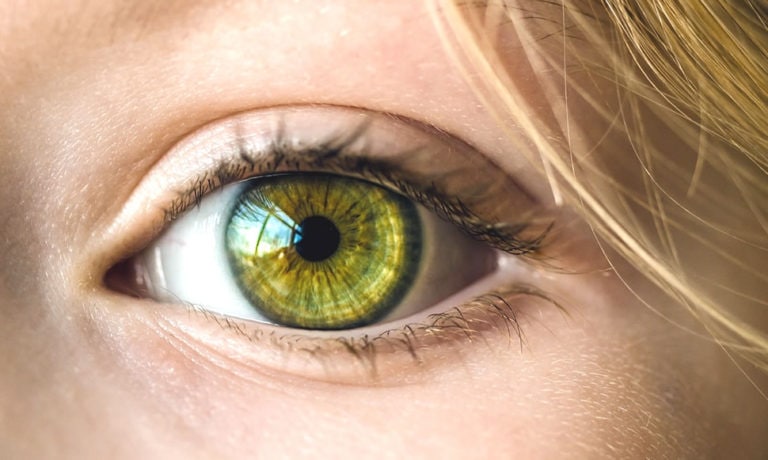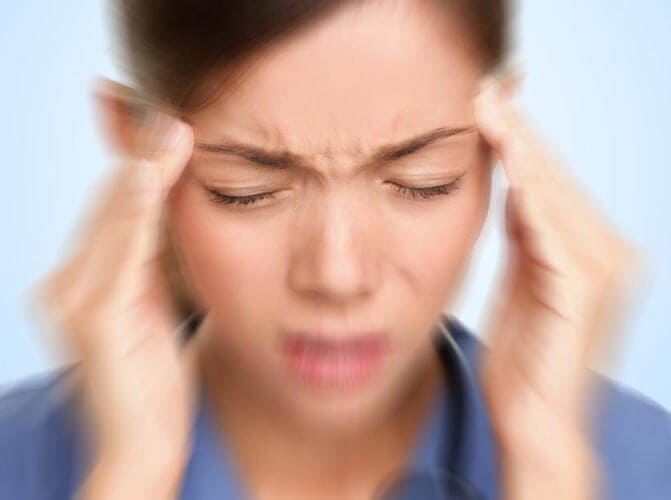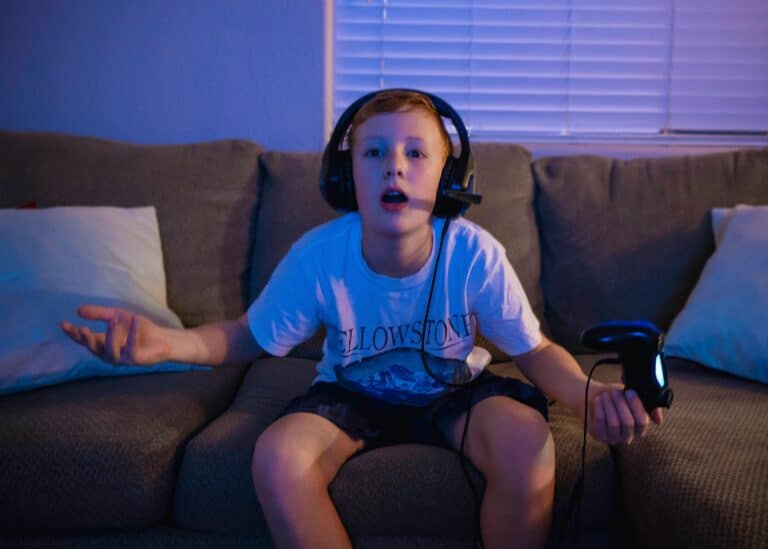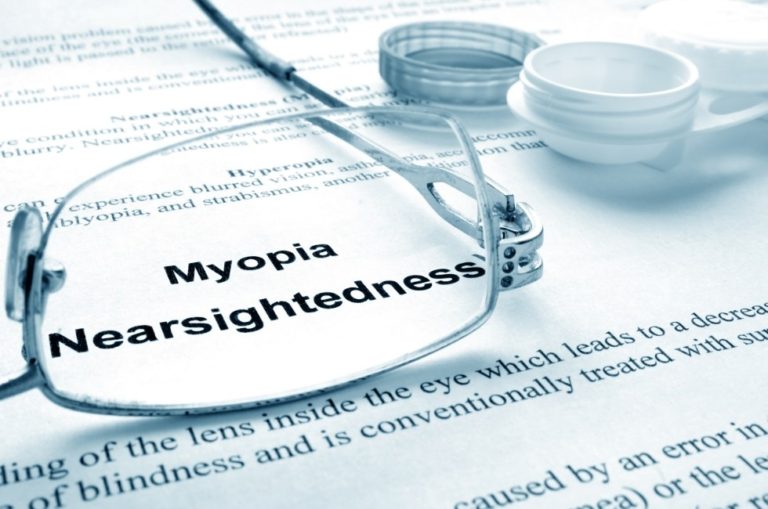In our fast-paced world, keeping track of daily tasks and responsibilities can be overwhelming. But for many individuals, an even greater challenge lies in their ability to track what they see. Vision is more than just clarity—it’s about how well the eyes work together to follow movement, focus on objects, and process information efficiently.
According to Gary Rodney, Australian Master of Optometry and Fellow of the International Academy of Orthokeratology and Myopia Control (FIAOMC), approximately one in four people worldwide struggle with eye tracking issues, affecting their ability to read, judge distances, or follow fast-moving objects.
Understanding Eye Tracking and Coordination
Rodney explains that no two eyes are exactly alike—there are often subtle differences in their shape, size, and refractive power. While these variations are normal, they can become problematic when the eyes fail to work together as a coordinated team. This misalignment, even if slight, can disrupt vision, impact learning and perception, and even affect spatial awareness.
Jacquie Gattegno, Master in Behavioural Optometry, Orthokeratologist and Principal Optometrist at Eyes InDesign Smart Vision Optometry Bondi, highlights the significance of these issues:
“When the eyes don’t work in harmony, it’s not just about blurry vision. It can lead to headaches, fatigue, and even difficulties in comprehending what’s being read. This is especially concerning for children, as it can mimic learning disorders like dyslexia.”
The Role of the Brain in Visual Processing
Eye tracking, also known as ocular motility or oculomotor function, refers to the ability of both eyes to move smoothly and accurately together. This involves:
- Fixation: The ability to maintain gaze on a single object.
- Pursuits: Following a moving object smoothly.
- Saccades: Quickly shifting focus between two points, such as when reading or scanning a room.
When these functions are impaired, the brain must work harder to process inconsistent visual input from each eye. This can lead to reduced concentration, slower information processing, and difficulties with comprehension. As Rodney points out:
“Imagine trying to have a conversation while cycling uphill. That’s the level of effort the brain expends when trying to compensate for eye tracking difficulties.”
The Consequences of Poor Eye Tracking
If the eyes don’t coordinate properly, the brain receives conflicting messages about the position, colour, texture, and movement of objects. This visual confusion can lead to a range of symptoms and difficulties, including:
Physical Symptoms
- Headaches and eye strain
- Dizziness and nausea
- Light sensitivity
- Facial and neck pain
- Clumsiness or frequent bumping into objects
Learning and Reading Challenges
- Struggles with reading fluency, comprehension, and speed
- Skipping words, lines, or sentences
- Difficulty copying from a board or screen
- Misinterpreting words, particularly small or similar ones
- Poor handwriting and difficulty with spacing
Daily Life and Sports Performance
- Trouble judging distances
- Poor hand-eye coordination
- Difficulty following fast-moving objects (e.g., a ball in sports)
- Feeling overwhelmed by large amounts of text
Recognising the Signs of Eye Tracking Problems
Gattegno stresses the importance of identifying eye tracking issues early:
“Children struggling with reading are often misdiagnosed with learning difficulties when, in fact, their vision skills may be the root cause. A Smart Vision Optometry Vision Skills Assessment can determine if poor eye tracking is affecting their learning.”
Some common indicators of eye tracking difficulties include:
- Avoiding reading or preferring to be read to
- Frequent loss of place when reading
- Tilting the head or using a finger to guide reading
- Text appearing to “float” or “move” on the page
- Slow, hesitant reading aloud
The Importance of Early Detection and Treatment
Eye tracking difficulties can be diagnosed through in-depth vision assessments, which evaluate eye coordination, movement, and visual processing.
Gattegno says, “The assessment process is crucial to determine the extent of any potential issue, and our Smart Vision Skills Assessment underpins every wellness treatment option we recommend,” which may include:
Vision Therapy
Customised eye exercises designed to improve tracking skills, strengthen eye teaming, and enhance focus.
Orthokeratology (Ortho-K)
Specialised overnight contact lenses that reshape the cornea, helping to correct vision issues that may contribute to tracking difficulties. Learn more about Ortho-K here.
Smart Vision Therapy
A personalised approach that integrates behavioural optometry principles to train the eyes and brain to work more efficiently together. Discover more about Smart Vision Therapy.
Taking Action for Better Vision
If you or your child experience signs of eye tracking issues, a Smart Vision Comprehensive Skills Assessment with a Smart Vision behavioural optometrist can provide clarity and solutions. Early intervention can enhance reading skills, academic performance, and overall quality of life.
Book an appointment for a thorough functional vision skills assessment, or call the Bondi clinic on (02) 9365 5047 or the Mosman clinic on (02) 9969 1600.
Experience the difference a holistic approach to vision care can make. Contact Smart Vision Optometry today to see the world in a new way.






